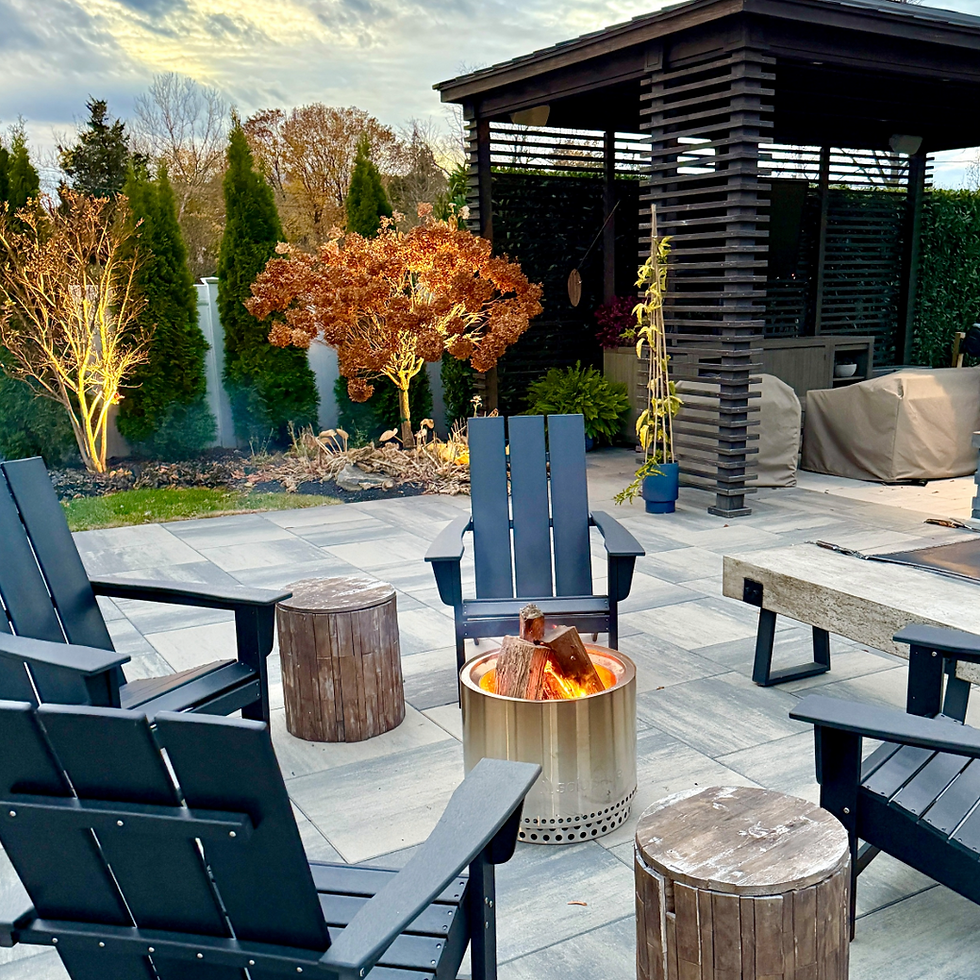Four-Season Color Part 2: Tips and How-To’s
- Rebekah
- Apr 24, 2014
- 3 min read
Updated: Mar 6, 2024
Hey there! Continuing from the last post, we are talking about some tips to help create a garden with year round color and interest. In the last post, we listed some ideas of plants that work well in our area and the season they bloom in. In our area of Middle Tennessee, it is very possible to have things going on in our gardens year-round! Below, we will lay out some thoughts on how to create outdoor spaces with year-round color and interest. Let’s dive in!
Think of your flowers/ trees/ shrubs that bloom as ‘what blooms after what’. Instead of thinking about what month it blooms in, think about it in terms of succession. An example of this would be in late winter you have Lenten Rose blooming, as they are finishing, crocuses are beginning to sprout up and bloom, then daffodils are growing as the crocuses are fading, etc. To get into a habit of thinking like that (verses this blooms in this month and that blooms in that month) gets your eye trained to notice what blooms after what, and you will get more in tune with your garden to notice spots in the year where you may want to add more color by adding another plant.
Rely on annuals to add extra punches of color. Grouping annuals is a great way to add color where you don’t have any from perennials or shrubs. Their color usually lasts for several months, too.

Plant long-blooming perennials in different spots in your garden. Some perennials bloom only a few days, while others bloom for an entire season practically. Mix in your favorites along with some that bloom longer for extended color throughout your garden. Some that bloom for many weeks include Salvia ‘Blue Hill’, Daylily ‘Stella d’ Oro’, Veronica ‘Sunny Border Blue’, and Coreopsis ‘Sienna Sunset’ (just to name a few).
Think of color in other terms besides just the type that comes from flowers. Adding in evergreens can help create color and interest in the dead of winter. Smaller evergreens such as Chamaecyparis ‘Golden Mop’, Chamaecyparis ‘Nana Gracilis’,Abelia ‘Kaleidoscope, Nandina ‘Harbor Belle’, and different varieties of hollies and azaleas can add winter interest and a colorful backdrop where there otherwise would be none. Also, ‘Arctic Fire’ dogwood has no leaves in winter but boasts gorgeous bright red twigs that look fantastic against evergreens, a wooden fence, or any natural area where they can be seen from the warmth of indoors and enjoyed.

Keep up with gardening “chores.” Many of us who love that time spent in the dirt will not think of pinching off spent blooms and fertilizing as “chores” to be done. Doing this and weeding fairly consistently keeps your garden healthier and lengthens the life of your blooms. A really fun way to help with this is cutting flowers for enjoying indoors. Frequent cutting of plants encourages them to bloom more.

Keeping a small notepad or even simply taking pics with your phone of plants you like and their name as you peruse your local nursery can help you keep a simple organization of plants you are interested in. Visiting the nursery at different times of the year (it’s a good idea to go in winter even- and at Riverbend we are open year-round) to see what is interesting to you and blooming or whatnot can help give you a good idea of what it would look like in your garden at that particular season. For example, you may love the look of a particular shrub in the summer when it’s in bloom but its leaf-less look in the winter may have you re-think where you’d like to plant it in your garden.



